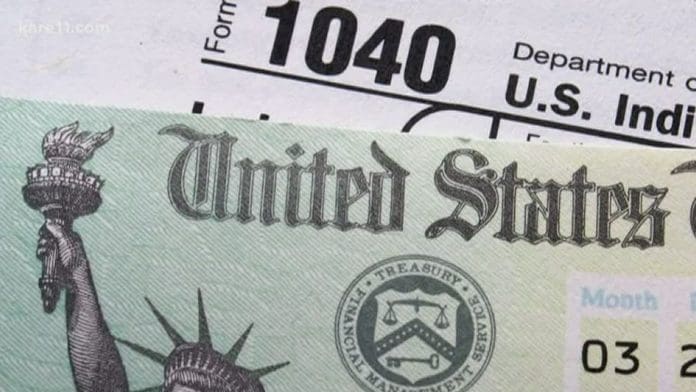Millions of workers and their families will receive a one-time stimulus check from the government as part of the coronavirus stimulus check package. Most adults will get $1,200 worth of stimulus checks, while children will receive another $500.
For workers who have already lost their jobs because of the pandemic’s hit to the economy, that extra money will likely be immediately put to good use — paying rent, mortgages, utility bills, and more. But if you have a paycheck, what’s the best use of that money?
Should you save it, pay down debt or spend it to help keep your local economy working?
It’s a tricky calculation given the unknowns facing many families, such as whether the pandemic will linger for months or if businesses will resume normal operations within weeks.
Know How To Use Your Stimulus Checks
Layoffs are rippling through the economy, not only hurting restaurant workers but professionals such as lawyers and insurance providers. On top of those “what ifs,” America’s outstanding credit card debt and other types of revolving debt have reached an all-time high.
“The natural reaction is to use it all to pay down debt,” says Matt Schulz, chief industry analyst at CompareCards. “Paying down debt is a good thing, especially in crazy economic times, but it can make a lot of sense to take a little bit of that money you were going to put toward debt and stash it in a rainy-day fund.”
The fact is, four in 10 adults say they would struggle to come up with $400 in an emergency, according to the Federal Reserve’s annual check-in on Americans’ financial health. Given that millions of Americans are likely to face a fiscal crunch in the coming weeks, they should consider putting part of that stimulus check aside for that potential emergency, experts say.
Financial experts typically recommend socking away between three to six months of income in an emergency fund, a goal that may seem out-of-touch with the daily realities of many families even in the best of times.
But research from the JP Morgan Chase Institute has shown that most households need much less than that to create a helpful financial buffer — in fact, six weeks is typically enough.
While that might represent a big chunk of your stimulus check, having the money set aside can help you avoid a cycle of high-interest debt, Schulz notes.
“Some people might be thinking their job is fine, but who knows? COVID-19 might permeate through our culture for a long time,” says Chantel Bonneau, wealth management adviser at Northwestern Mutual. “If you don’t have an emergency fund, that’s a great opportunity to start one.”
Make sure your emergency fund is liquid and carries no risk. In other words, don’t sock away the money in the stock market. Instead, your savings account is an ideal place to stash some of the cash until you need it.
“In this particular case, it’s not necessarily about maximizing your return as it is providing yourself with a little bit of security by having that money available,” Schulz notes.
After you’ve seeded your emergency fund, you may want to put part of that stimulus money to work by paying down high-interest credit cards, financial experts say.
Take some time to list your debts and your interest rates, which could help you decide which cards to pay down first.






